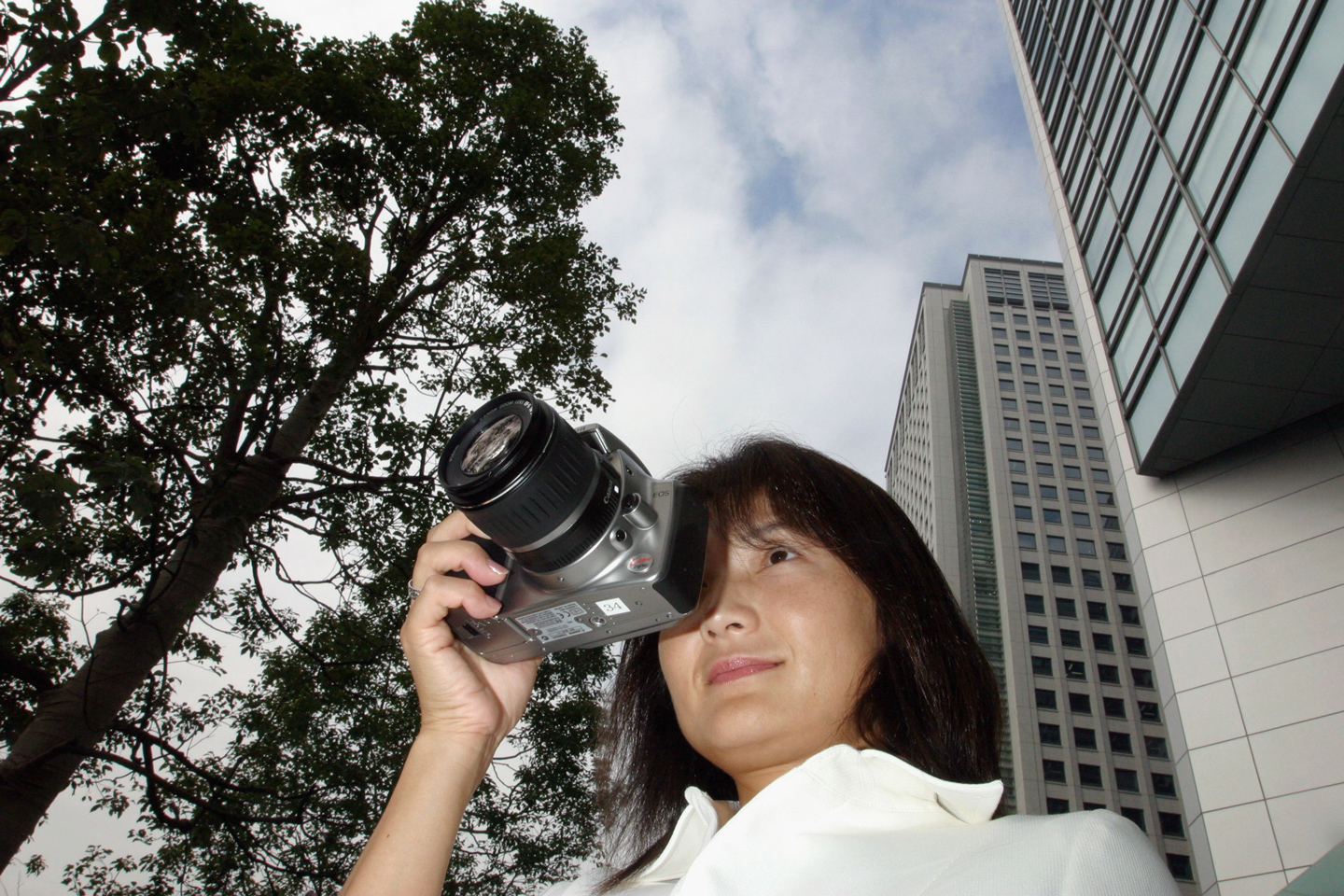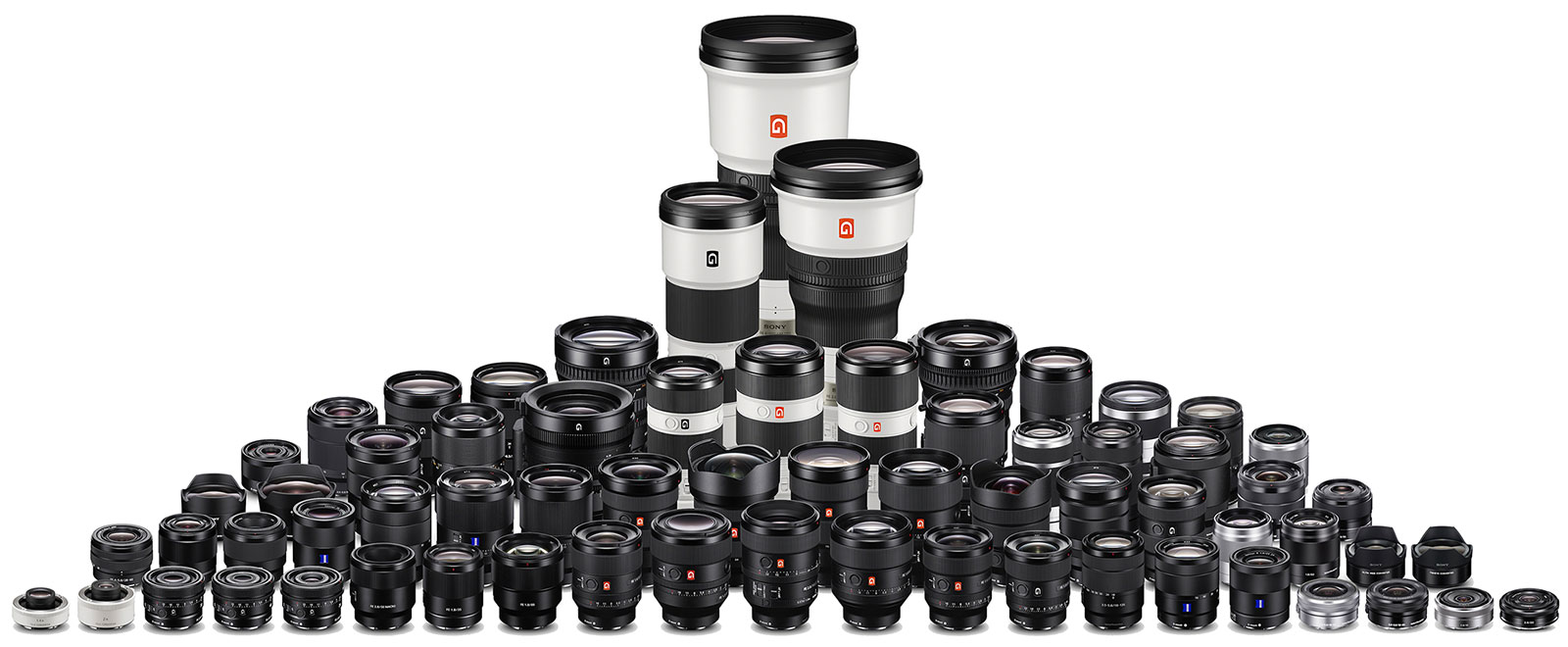

Then when the size of the photosensitive element is equivalent to the film size of the 135 camera at that time (36mm × 24mm), such a machine is called a full-frame camera.

In the digital age, there is no longer the concept of film, and most of them are suitable for photosensitive elements such as CMOS or CCD.
#FULL FRAME LENS ON APSC CODE#
Then in order to distinguish the film film from the bulk photographic film, people printed the code name of 135 on the film box, so this unified statement was formed, the 35mm film was called 135 film, and the camera with 35mm film was called 135 camera. Later, the number of cameras used by manufacturers to shoot 35mm film increased, and the name of Leica roll was no longer widely applicable, so the market changed its name to 35mm film according to the width of the film. After Germany developed the LEIKA camera for shooting 35mm (36mm × 24mm) film in the 1820s, the 35mm film was also called the Leica roll.
#FULL FRAME LENS ON APSC FULL#
The biggest difference between full frame and APS-C is size. We'll also list their pros and cons at the end of the article. In this article, we'll discuss some of the key differences between APS-C cameras and full-frame cameras. If you also want to know the key differences between these two widely used camera types, you've come to the right place. Most people looking to buy a camera try to figure out the main differences between APS-C cameras and full frame cameras so they can choose the best camera. APS-C is a hot topic in the photography world. Which setup do you think produces the best result? Let us know.Full-frame VS. My close second favorite would be the 85mm on crop.” “My absolute favorite focal length on crop frame is the 50mm, which isn’t a surprise since my favorite lens for these kinds of close-ups on full frame is the 85. However, with the full-frame, there’s still a bit of distortion visible.

“By the 35mm shot, you can see a lot of distortion on the full frame but not so much in the crop.”Īt 50mm, the effects of distortion are almost gone in the crop frame. There’s a good amount of distortion in both of these images because wide-angle lenses tend to exaggerate features when the subject is close to the lens. Then again, from the same spot, she takes the image using her 5D Mark IV. Then, from the same spot, she switches over to her 5D Mark IV to show the difference in coverage.įor the final test, Trotti composes so as to have as much of the model’s face in the frame using her 7D Mark II. “Out of these full body tests, my favorite focal lengths on crop frame were the 35mm and 50mm.” Landscape Orientation Mid-Frame CompositionĪgain, Trotti has the model stay put in a spot and composes with the model in the center of the landscape orientation using her 7D Mark II. Then, from the same spot, she takes an image with the 5D Mark IV to demonstrate the difference in the field of view. Next, Trotti asks the model to stay in the same spot while she herself moves around to fill the frame in a portrait orientated full-body composition with her 7D Mark II. The field of view is much wider in the case of the full-frame camera.įull Body Composition in Portrait Orientation Trotti takes multiple images using her different prime lenses while maintaining a constant distance between the model and herself. Fixed Distance Between the Subject and the Camera She then compares the results with the images from her full-frame Canon 5D Mark IV. To give perspective on how different prime lenses perform on an APS-C body compared to a full-frame body, Trotti uses her 24mm, 35mm, 50mm, 85mm, and135mm with a Canon 7D Mark II APS-C camera. This is the reason why APS-C cameras have a greater reach than full-frame cameras when using the same lens. On the contrary, APS-C lenses cover a relatively small area, more toward the center of the image circle. Full-frame sensors cover a greater area of the image circle formed by the lens.


 0 kommentar(er)
0 kommentar(er)
